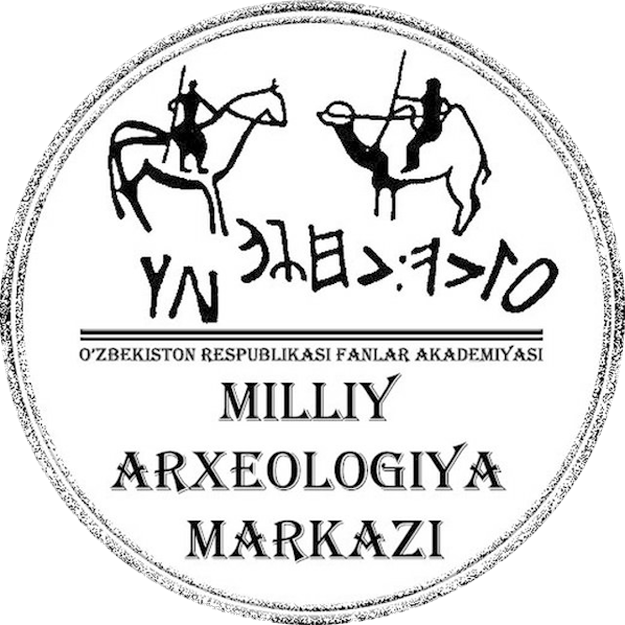Ko’kshashir bitiklari
In mid-September 2021, in the Kukshashir gorge of the Muzbel pass in the southwestern spurs of the Western Tien Shan at an altitude of 2,900 meters above sea level, the Kanka expedition, with the participation of scientists from the National Center of Archeology, discovered rock paintings.


A one-line Sogdian inscription with images of several mountain goats was found here. This inscription, consisting of 5 letters, which can be correctly read in a mirror image, was deciphered by the scientists of the Center G. Babayarov and G. Mukhtarov on the basis of the Sogdian language and writing as "New grace" ("Nav-farn"). The researchers noted that the inscription can also be read as "Naf-farn", where the word "Naf" means "people, community, tribe" in the Sogdian language, and it is found on the coins of Chach with a Sogdian inscription dating from 3-4 centuries AD. NS. in the form of "c'c'nnp" ("Çaçan-naf"), which means "people of Chach, community of Chach". In addition, the expression "Chachan-Naf" is also found on silver and ceramic artifacts from Kerchevo (Russia) and China, which belonged to the ancient Sogdians. Thus, we can say that the Sogdian inscription of Kokshashir was written by representatives of the ancient society of Chach (Tashkent). Until now, Sogdian inscriptions on ceramics, metal, seals and coins have been found mainly in the central parts of the Tashkent oasis, especially among finds from such ancient urban settlements as Kanka and Khanabad. It has been suggested that the Sogdian language and script was used as one of the official scripts in the Chach oasis from the first centuries of our era to the 8th century. Sogdian writing was spread up to the inner-mountain gorges of the Western Tianshan.



